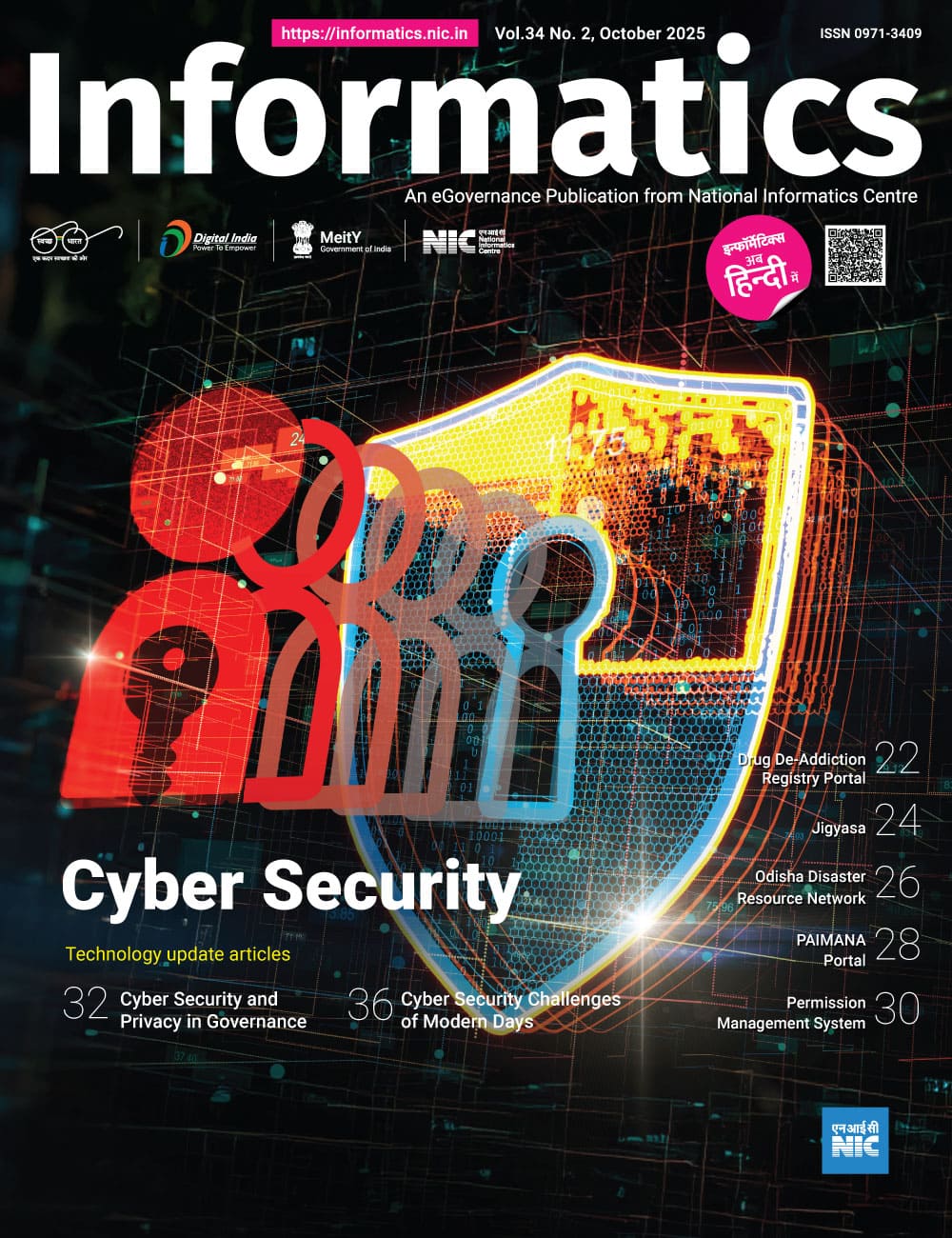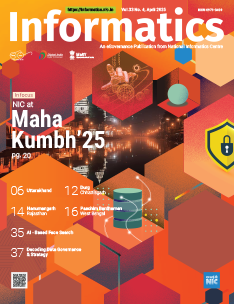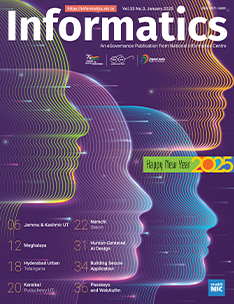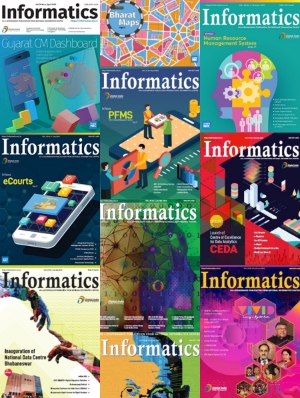Launch of SMART Card based Driving License in Uttar Pradesh

Chief Minister of Uttar Pradesh Shri Akhilesh Yadav launched the SMART card based driving license in the state on 9th January 2013 at the regional transport office Lucknow. Under this scheme, the new DL will come in tamper proof plastic cards embedded with a microprocessor chip. The chip will have important details of the applicants like name, date-of-birth etc.. The ‘SARATHI’ software developed by National Informatics Centre is being used to digitize the applicant’s information and also to help the RTO in preparing a database on all information related to vehicle.
The ‘SARATHI’ application enables the issuance of SCOSTA compliant DL (SCDL) as per the directions of Ministry of Road Transport & Highways, Government of India. The SCDL has a computerized chip of 64 kb in capacity and allows printing on both the sides of cards. NIC has also developed the software KMS (Key Management System) to sanctify the pre-personalised cards. The KMS has two levels – One at state level called SKMA (State Key Management System) and another one at the regional level called RKMA (Regional Key Management System).
The State Government is availing the services of NIC/NICSI through its empanelled vendors for the issuance of SCDL. This work will be implemented in all Regional/Sub Regional Transport Offices in UP through NICSI.
An online Time-Slot Booking System (www.uptransport.org) has also been started to provide citizens the facility to reserve a prior appointment (time slot) online, and visit the transport office for applying for learner / permanent / renewal driving license on the date / time of their choice. This would help them in coming to the office at their pre-booked time slot and thereby save their valuable time by avoiding the long queues at the fees and data entry counter. Four time slots are available and 60 people can register in each time slot.
Currently the issuance of SCDL has started for RTO offices in Lucknow, Kanpur, Allahabad, Varanasi, Agra and Ghaziabad only.




 Subscribe
Subscribe
 Flipbook
Flipbook PDF (5.0 MB)
PDF (5.0 MB)


